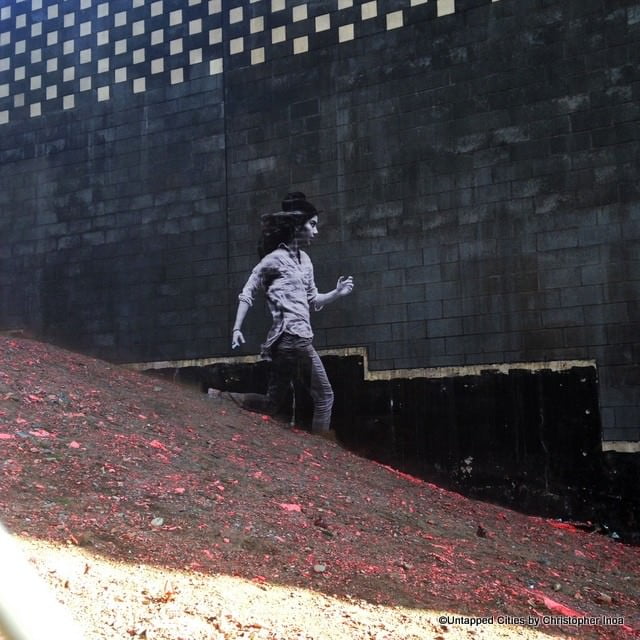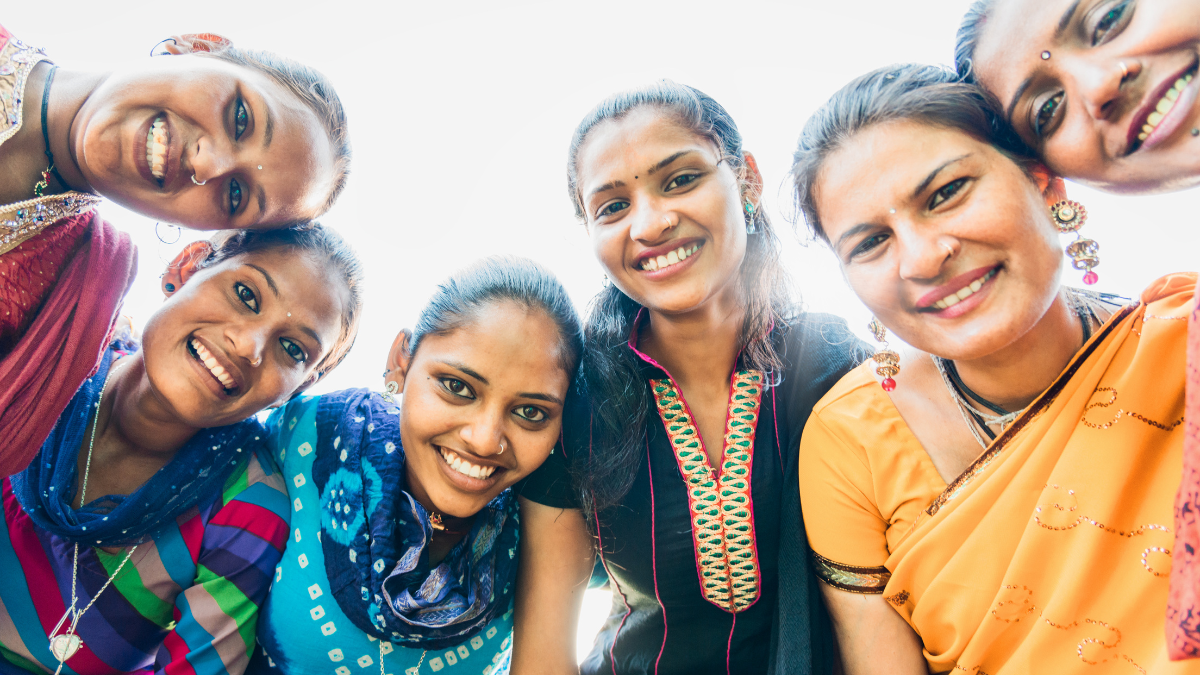I clearly remember the first time I experienced the unadulterated pleasure of walking. I had recently moved to Pittsburgh, United States; even though it was a steel-cold, gray December afternoon, I must have walked for over an hour, eagerly exploring the bylanes of my new neighborhood. By the time I returned to my apartment, I had seen several runners, mothers with babies in prams, and elderly folks amongst others, using the sidewalk. That walk marked the first of the many walks I was to take over there. What I appreciated the most was the abundance of space that those walks offered to me; I often had the sidewalk to myself, walking unobserved while simultaneously observing my new surroundings and people. The public space was a friendly, welcoming, and accessible one, encouraging me to walk and take pleasure in the experience, significantly offering it to men and women alike.
It was nothing like I had ever experienced before.
Prior to moving to the States, I grew up and lived in the Sultanate of Oman, where I only walked during the night and that too with a motive of some physical activity. The night made me invisible, something which I was grateful for because I no longer had to negotiate men constantly looking at me while I walked. The men never said anything but their acts of ogling spoke volumes enough. As it happened, I lived in a self-contained university campus kilometers away from downtown Muscat, where I still felt more protected than I would have in the urban spaces. I would like to point out that while Oman was a largely safe country for women, I nevertheless did not feel entirely comfortable walking for long stretches or periods of time in the urban areas; women friends and acquaintances often spoke of being followed or being harassed, making it extremely difficult for them to freely access the public space.
Passing drivers often shouted out demeaning remarks, as if women walking on the street and moral laxity were synonymous with each other. Given all of these constraints, I welcomed these nightly walks as a luxury. They say that you do not miss what you do not have; indeed, until I moved to the States, I did not really think so much of my walks apart from their utilitarian aspects. It never struck me that I was being deprived of a right or its gendered implications. I must add that it was not as if I did not have to face cat-calling or unsolicited conversations while I walked in various parts of the States; yet, on the whole, I still felt a lot more comfortable walking over there, irrespective of what time of the day or night it was.
I moved to New Delhi in October 2014. Even though I had grown up in Oman, I had regularly visited India during annual trips since my childhood so it was not as if gendered public space dynamics were alien to me. However, I had always significantly moved around in a sheltered bubble, which meant I hardly ever had to access the streets and public space on my own. Arriving and living in Delhi meant that I had to now consciously pay attention to renegotiating how and where I walked.
I currently live in a gated, security-fortified Delhi Development Authority colony where it is still relatively easier to walk around but what happens once I step out? I encounter broken side-walks, if there were any at all, truncating the space that I have to myself when I walked. The narrow streets with their unpredictable traffic always remind me that I have to be more vigilant of the passing vehicles, reducing my singular focus on the walk. Walking has become a mode of getting to point A to B, the destination taking precedent over the journey of walking, which I so enjoyed earlier. The sidewalk here does not offer much incentive for walkers to enjoy and be aware of the act of walking; there are no benches or any other ways in which the pedestrians could engage with the urban space, which would invite them to linger there longer. You have no choice to but to simply carry on walking.
A public space theoretically allows democratic access to its users; yet, what I have most singularly realised over here is that there are sharp differences between a man and a woman walking in the public space. A man walks with authority, without perpetually looking over his shoulder, without worrying about constantly being watched and examined. Given that I am fond of phone photography and constantly taking pictures while walking, I have faced double scrutiny of being both a woman as well as a photography enthusiast. I am deprived of the precious ‘me-time’ that I expect from my walks, encroached as they are by constant watching or unwelcome conversation. Can they not read my eyes and body language which singularly say, ‘Leave.Me.Alone’? And as for nocturnal perambulations, I cannot even think about it, here in Delhi, the darkness potentially yielding multiple unknown terrors and threats.
Also Read: Why Loiter? Book Review: Imagining Our Streets Full Of Women
I thought that I would find solace in the many parks that happen to dot my neighbourhood; I thought that I would find the pleasures of walking there at least which was otherwise nearly impossible for me as far as the streets and roads were concerned. I would find regulars walking around the circular paths, using the park space as a much needed one for exercise, social activities or to simply sit and soak the fresh air. Yet, even there, I was either constantly watched or found myself being followed on several occasions, the culprit tracing my steps within the garden and then from there onwards to wherever I went. I had to take alternate routes back home to dodge the follower, furious that the brief pockets of serenity I experienced in the parks were no more my own. What public space was left for me to call my own? Or perhaps, public spaces and women are not synonymous with one another?
The only times I have found joy in walking on the streets of Delhi have curiously enough been the canvases for incredible street art, such as the neighbourhoods of Shahpur Jat and Lodhi Colony; the local populace is perhaps accustomed to the sight of people photographing and documenting the street art. It doesn’t matter whether you are a man or woman; they simply encourage you to go and seek the wall-canvases which have made their neighbourhoods attractive magnets for photographers, tourists, and art connoisseurs. Having taken ownership of and deriving pride from their neighbourhoods, the inhabitants in turn seek to make visitors to the spaces that they call home as welcome as possible. For me, as a woman, I felt entirely comfortable walking around those neighbourhoods, taking pictures, pausing to linger upon the art, chatting to the residents about the stories behind the art. I experienced the double pleasure of accessing the art in a public space as well as being able to appreciate it just as easily as any man would.
The public space is for the public and that public consists of men and women; it is not a contested territory, affording more rights to one gender over another. When I walk in a city, I would like to walk with the knowledge that it is my own and that I can access any space I want. At the end of the day, I do not want to move around in circumscribed spaces, subjected to a spatial censorship.
I demand the right to walk freely!
Also Read: Tweetchat: The ABC Of Loitering In Delhi #WhyLoiter
About the author(s)
Priyanka Sacheti is a writer based in New Delhi, India. Educated at Universities of Warwick and Oxford, United Kingdom, Priyanka previously lived in Sultanate of Oman and United States. She has been published in numerous publications with a special focus on art, gender, diaspora, and identity. She's author of three poetry volumes and two of her short stories have been published in international anthologies featuring Indian immigrant writing. She's currently working on a collection of short stories. An avid amateur photographer, she explores the intersection of her writing and photography at her blog, http://iamjustavisualperson.blogspot.com/ and instagram: @iamjustavisualperson. She tweets @priyankasacheti1.





Thank you! It is refreshing to read a article which is not india bashing or male bashing.